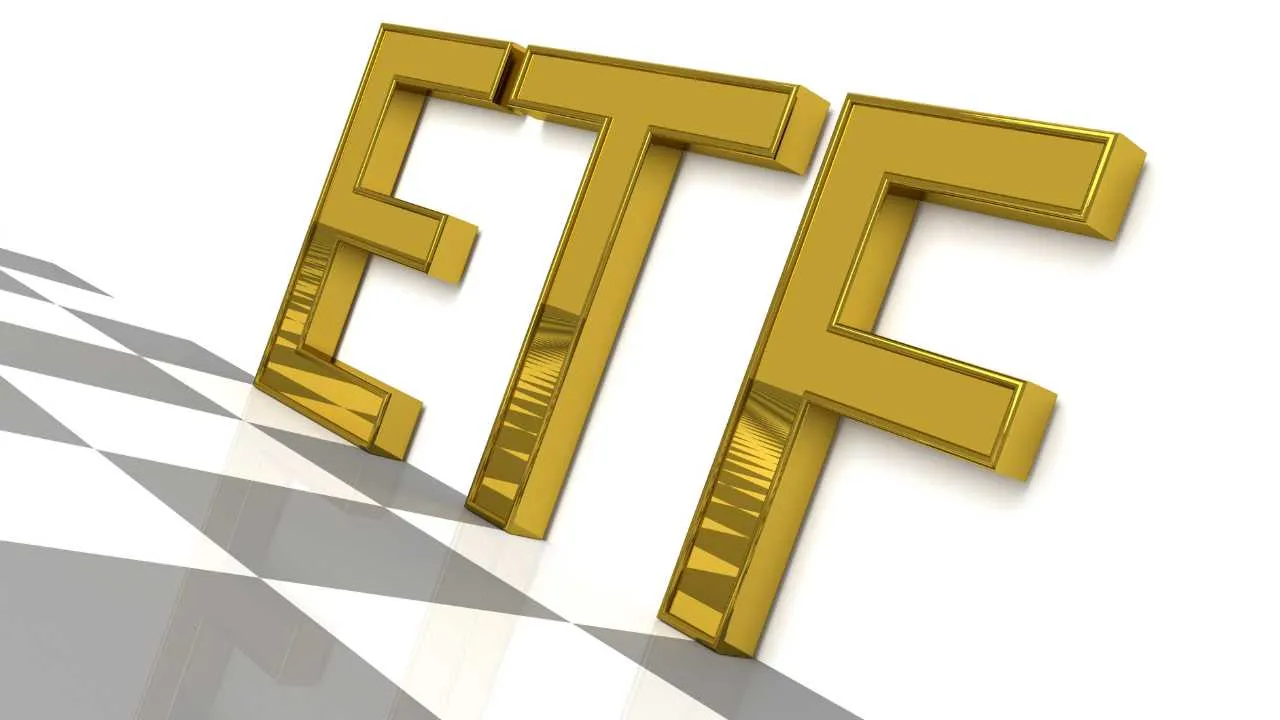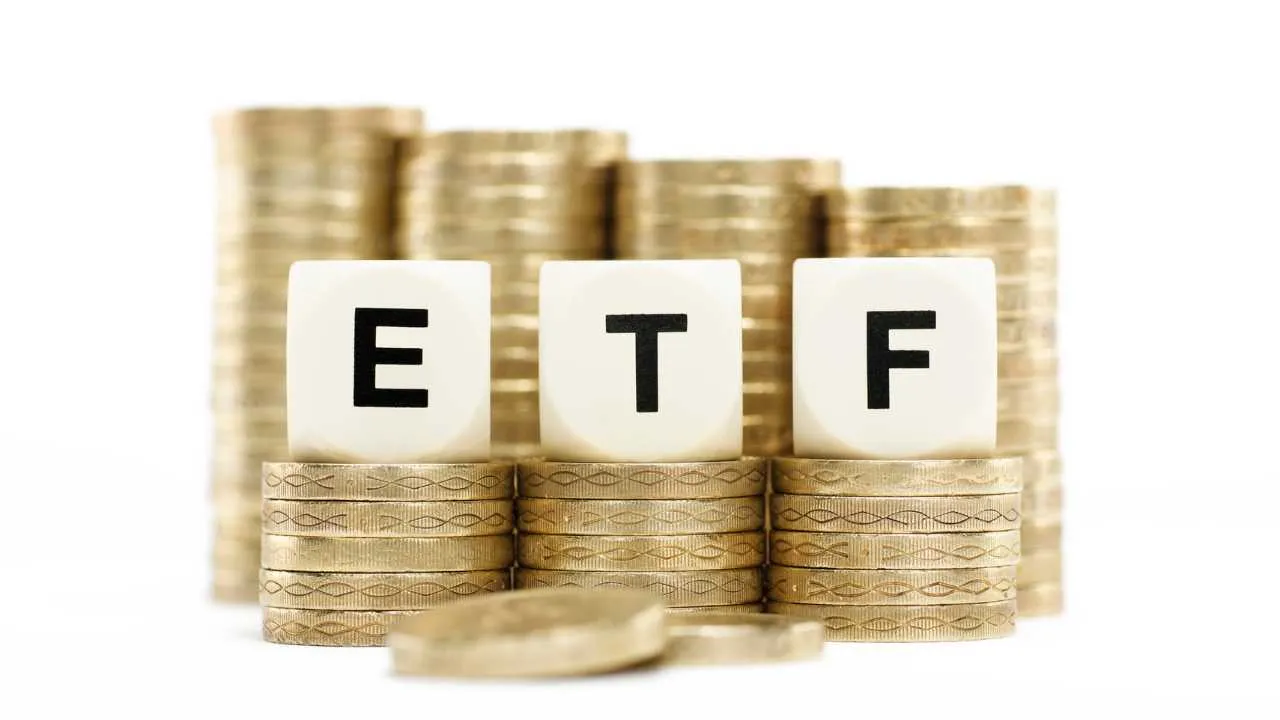Friday Mar 22 2024 04:25

14 min

Gold has long been considered a safe-haven asset, providing stability and a hedge against inflation.
Traditionally, investors have bought physical gold in the form of bars or coins. However, with the advent of Exchange-Traded Funds (ETFs), investing in gold has become more accessible and convenient for beginners.
Gold ETFs are investment funds that trade on stock exchanges, representing ownership of gold bullion or derivative contracts.
These funds aim to track the price of gold and provide investors with exposure to the precious metal without the need for physical ownership. Each share of a gold ETF represents a specific amount of gold, usually measured in ounces.
One of the main advantages of gold ETFs is their liquidity. Unlike physical gold, which needs to be bought and sold through dealers, gold ETFs can be traded throughout the day on stock exchanges, just like any other stock.
This makes it easy for investors to buy and sell gold ETFs at market prices, providing them with flexibility and quick access to their investments.
Investing in gold ETFs offers several benefits for beginners.
Furthermore, gold ETFs can be held in tax-advantaged accounts such as Individual Retirement Accounts (IRAs), allowing investors to enjoy potential tax benefits.

Buying gold ETFs is a straightforward process. Here are the steps to get started:
Before investing in gold ETFs, it is important to consider several factors to make informed decisions and align your investment with your goals and risk tolerance.
One of the key factors to consider when investing in gold ETFs is the expense ratio. The expense ratio represents the annual cost of owning the ETF and is expressed as a percentage of the total assets.
Lower expense ratios are generally preferable, as they can have a significant impact on your overall returns over time.
Additionally, be aware of any other fees associated with the gold ETF, such as trading commissions or account maintenance fees. These costs can eat into your returns, so it's important to factor them into your investment decision.
Gold ETFs aim to track the price of gold. However, not all ETFs achieve this goal with the same level of accuracy. Look for ETFs that have a strong track record of closely tracking the price of gold.
This can be measured by comparing the ETF's performance against the spot price of gold over a specific time period.
Liquidity refers to the ease with which an ETF can be bought or sold on the market. Higher liquidity means there are more buyers and sellers, resulting in tighter bid-ask spreads and better price execution.
Choose gold ETFs that have high trading volume and are traded on major stock exchanges to ensure smooth transactions.
When investing in gold ETFs, it is important to ensure that the ETF is backed by physical gold held by a reputable custodian.
Look for ETFs that disclose their custodian and conduct regular audits to verify the existence and purity of the gold holdings. This will provide you with confidence in the security and trustworthiness of the ETF.
While gold ETFs offer many benefits, it is crucial to understand the risks involved before investing. Here are a few key risks to consider:
It's important to be prepared for short-term price swings and have a long-term investment horizon to mitigate the effects of volatility.
To mitigate counterparty risk, choose ETFs that are backed by reputable custodians and regularly audited.
It's important to stay informed about market conditions and be prepared for potential fluctuations in the ETF's value.

Diversification is a key principle of investing, and gold ETFs provide an excellent opportunity to diversify your portfolio. By adding gold ETFs to your investment mix, you can reduce the overall risk of your portfolio and potentially enhance returns.
Gold has historically exhibited a low correlation with other asset classes such as stocks and bonds. This means that when the value of stocks or bonds is declining, gold may hold its value or even increase in price, providing a hedge against market downturns.
To effectively diversify your portfolio with gold ETFs, consider your investment goals and risk tolerance. Determine the appropriate allocation to gold based on your overall investment strategy. It's important to strike a balance between risk and reward and avoid overexposure to any single asset class, including gold.
Monitoring the performance of your gold ETFs is essential to evaluate the success of your investment and make informed decisions. Here are a few key metrics to consider when tracking the performance of gold ETFs:
Monitoring the tracking error can help you assess the effectiveness of the ETF in replicating the performance of gold.
This will provide you with a broader context for evaluating the success of your investment and understanding how the ETF performs compared to the overall gold market.
With a wide range of gold ETFs available, choosing the right ones for your investment goals can be challenging. Here are a few factors to consider when selecting gold ETFs:
Investing in gold ETFs can be a valuable addition to your investment portfolio, providing diversification, ease of access, and potential tax benefits.
By understanding the basics of gold ETFs, considering the risks and factors to consider, and monitoring their performance, beginners can navigate the world of gold ETF investing with confidence.
As with any investment, it's important to do your own research, consult with professionals, and carefully consider your own investment goals and risk tolerance. With the right approach, investing in gold ETFs can be a golden path to long-term wealth accumulation.
Discover the benefits of trading with markets.com.
“When considering “CFDs” for trading and price predictions, remember that trading CFDs involves a significant risk and could result in capital loss. Past performance is not indicative of any future results. This information is provided for informative purposes only and should not be considered investment advice.”